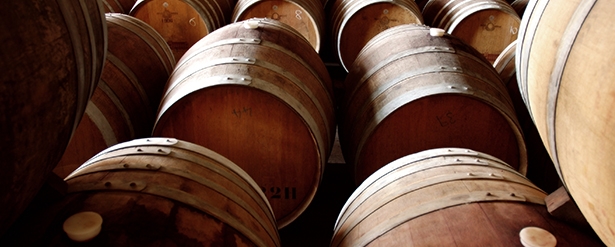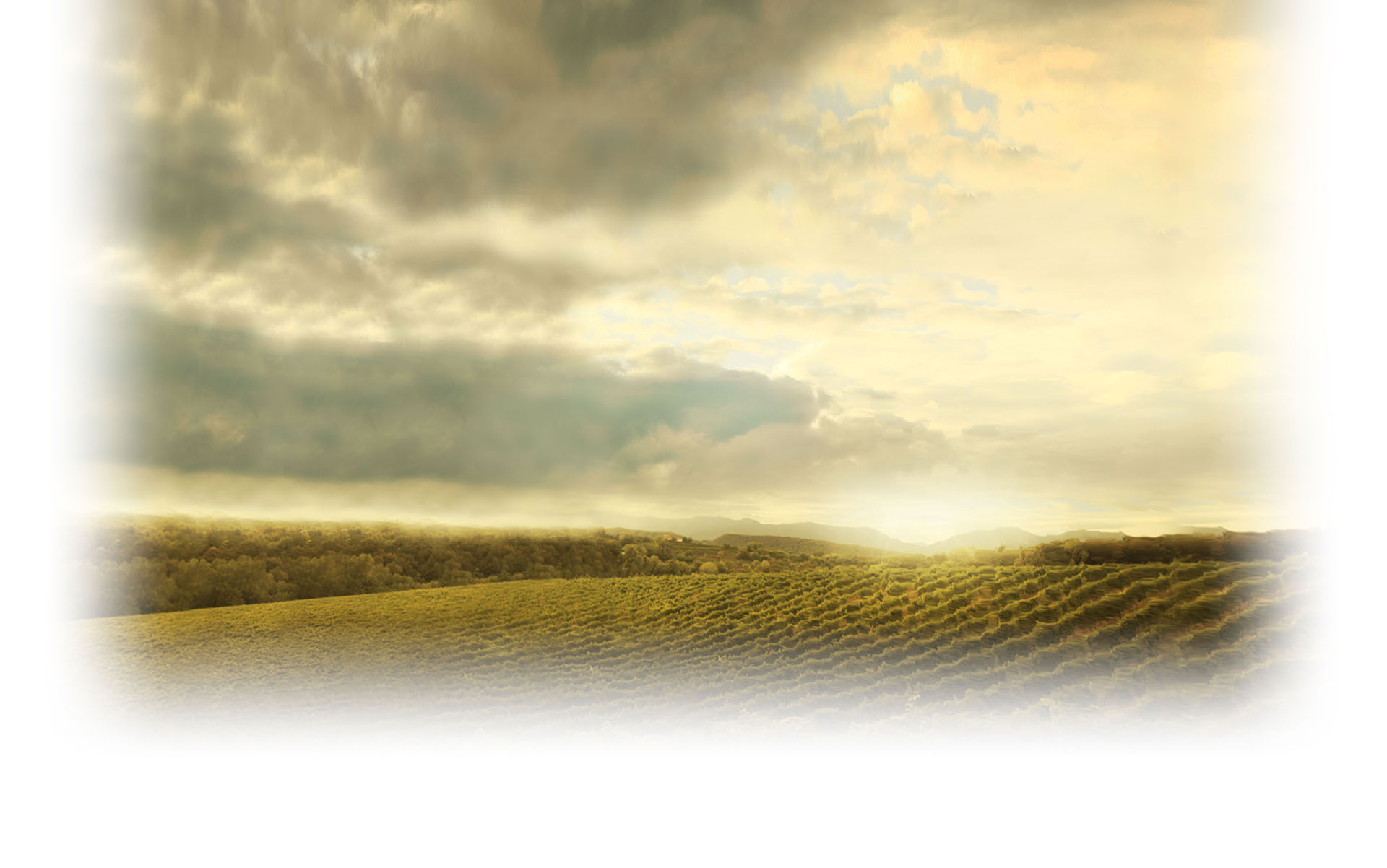Who Invests In Wine?

Who Invests In Wine?
Wine investment is ideally suited to investors seeking diversification from traditional asset classes and a stable asset for capital growth over the medium term (3-5 years).
Fine wine consistently out-performs shares, bonds and other asset classes. Why?
• It consistently delivered annual double-digit growth
• Investment is less volatile than other asset classes such as equities, gold and oil
• The correlation between financial and fine wine markets is relatively low, providing greater resilience to recessionary conditions
• It is a tax-efficient investment with a potential exemption from Capital Gains Tax (we recommend you speak to your financial advisor for more details on this)
• It is a tangible asset
• There is a finite and reducing supply as vintages are consumed, versus increasing demand
• It provides the ability to off-set currency influences
• Inflationary pressures may drive demand in physical commodities to hedge against devaluation
Investing in fine wine may seem like a relatively new phenomenon. But the truth is that savvy collectors and fine wine enthusiasts have been doing it for several years. By purchasing more cases than they wish to consume, the future sale of the excess cases have funded further purchases. This strategy, coupled with a tangible increase in value, has seen more people participating in wine investment.
Over the last 25 years there is no doubt that wine has been a sound investment, with prices for the best wines rising around 15% per annum. Traditionally the US and Europe have been the largest buyers of Bordeaux Grand Cru classés, but in recent times the Asian market (in particular Hong Kong and mainland China) has established itself as a major hub for fine wine. This influx of demand has put added pressure on an asset, which is finite in its supply.
Unlike any other tangible asset, fine wine has a perfectly inverse supply curve. No matter how good the vintage, once bottled the number of bottles diminish through consumption and cannot be replaced. It is also considered a Veblen good – a commodity for which people’s preference for buying increases as a direct function of their price. A greater price confers greater status, instead of decreasing according to the law of demand.

FINE WINE INVESTMENT: BROADENING HORIZONS
Last week Liv-ex announced that the total value of bids and offers on its platform had reached an all-time high at over £50m. It is worth pausing to reflect on the…
Read more
End of an era: Parker hands Martin the reins for Bordeaux primeurs
At a press conference in London, the veteran Parker handed over responsibility for en primeur to team member Neal Martin, who he described as a “natural” and…
Read more
With Low Prices, Should Wine Collectors Take a Sip?
The market appears to be stabilizing after the big drop in Chinese demand By. Ed McCarthy - January 16th , 2015 . Wine investing is a long-term project, experts say. Crude…
Read more
Black, yellow and liquid gold
The chart above shows clear correlations between the performance of oil, gold and wine over the past 15 years. Demand from emerging markets, namely China, has been one significant…
Read more
What does the drop in oil prices mean for wine?
By Jane Anson 13 Jan 2015 It’s impossible to avoid predictions, projections, warnings and dreaming at the start of a new year. Sitting here in France six days after two gunmen…
Read moreI just wanted to drop you a line to say thanks for your help in dealing with the sale of my two cases of Le Pin 2000, which I had bought previously. The sale was concluded in an efficient and transparent manner
K Bishop LondonI just wanted to say thanks to Gary for your advice regarding the recent sale of my wine. Even though I only have a small collection, it is good to know that I am getting the benefit of your advice
A ReganJust wanted to say that I appreciate your effort in keeping my wine portfolio in good shape. It was good to see such a healthy profit on my recent sale, and I am very happy to reinvest the proceeds with you - I'll be even happier if the portfolio continues to grow at this rate!
Dr M GoldbergI know I'm not a big spender, but thank you Mr. Ash for taking the trouble to sell my case of wine and providing me with a nice little profit of £500. I also want to thank you for the speed in which you dealt with the sale and settlement.
K PorterI'm writing to thank you for securing two cases of wine I bought from Abbots. In less than three months the wines are already showing a profit of 12% -very impressive indeed
G.FancoteGary Ash has always provided sound advice on why certain wines should be added to my fine wine investment portfolio. Some of these wines have actually doubled in value in less than two years. Keep up the good work! I am happy to recommend Abbots Wines to my friends and work colleagues
M.Cauchi

